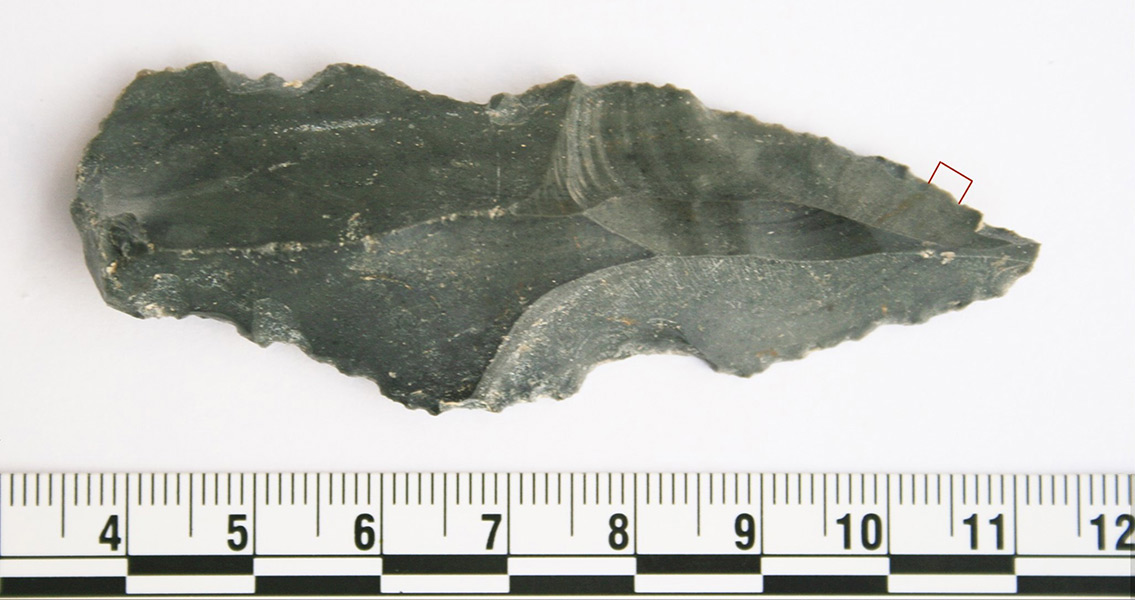<![CDATA[A team of researchers from the University of Victoria has exposed new evidence that points to a relatively high level of intelligence in the Stone Age-era ancestors of humans. In a recently published research study, UVic paleoanthropologists led by April Nowell found that early humans living in Jordan 250,000 years ago left behind signs that they had a high level of sophistication when it came to adapting to their environment. The university team, which partnered with teams from Jordan and the United States, investigated the site outside of Azraq at a former oasis, discovering protein residue on stone tools used to butcher animals such as ducks, wild cattle, rhinos and horses – the oldest such evidence found to date. This evidence predates the evolution of Homo sapiens in Africa by several thousand years, leading the team to draw groundbreaking conclusions on how these early human ancestors survived in a habitat that was highly inhospitable. The three-year excavation resulted in the discovery of 10,000 stone tools; 7,000 were examined closely, resulting in 44 to be tested for protein residue. Out of those 44, 17 of them were found to have protein present. In a UVic press release, Nowell remarked that it’s been well-known for years that hominins used stone tools as far back as 2.5 million years in the past. However, this new discovery marks the first time direct evidence has been uncovered of Stone Age human ancestors exploiting the local animal population to survive, demonstrating a high level of adaptability in a time that changing climates saw the desertification of a region that had once been lush wetlands. Much can be inferred from the evidence gathered, Nowell added, such as the high level of variation in the early humans' prey exploitation techniques, their ability to avoid predators themselves, and how they might have protected carcasses being used as a food source. In fact, this diverges from the expectations most scientists have about these long-extinct human ancestor species and has the potential for shedding new light on how population dispersals and interbreeding occurred throughout Eurasia with archaic populations and modern humans, according to the paleoanthropologist. The new study may also potentially lead to a revolution regarding how scientists understand the diet of early hominins. Nowell urged other researchers to re-examine Stone Age tools from other sites across a wide variety of environments using the same techniques she and her team used to identify protein residue, adding that it could be especially beneficial when stone tools are discovered at sites without accompanying evidence of animal remains, as this could help to reinforce the evidence found at the Azraq site. Tools discovered during the dig included hand axes, projectile points, flakes and scrapers, all common tools used by archaic humans during the Paleolithic. The hand axe in particular, because of its ubiquity and its myriad uses, is often referred to as a “Paleolithic Swiss Army knife” by researchers. Image, one of the stone tools excavated from the site, courtesy of University of Victoria]]>
New Evidence Revealed for Intelligence of Human Ancestors
